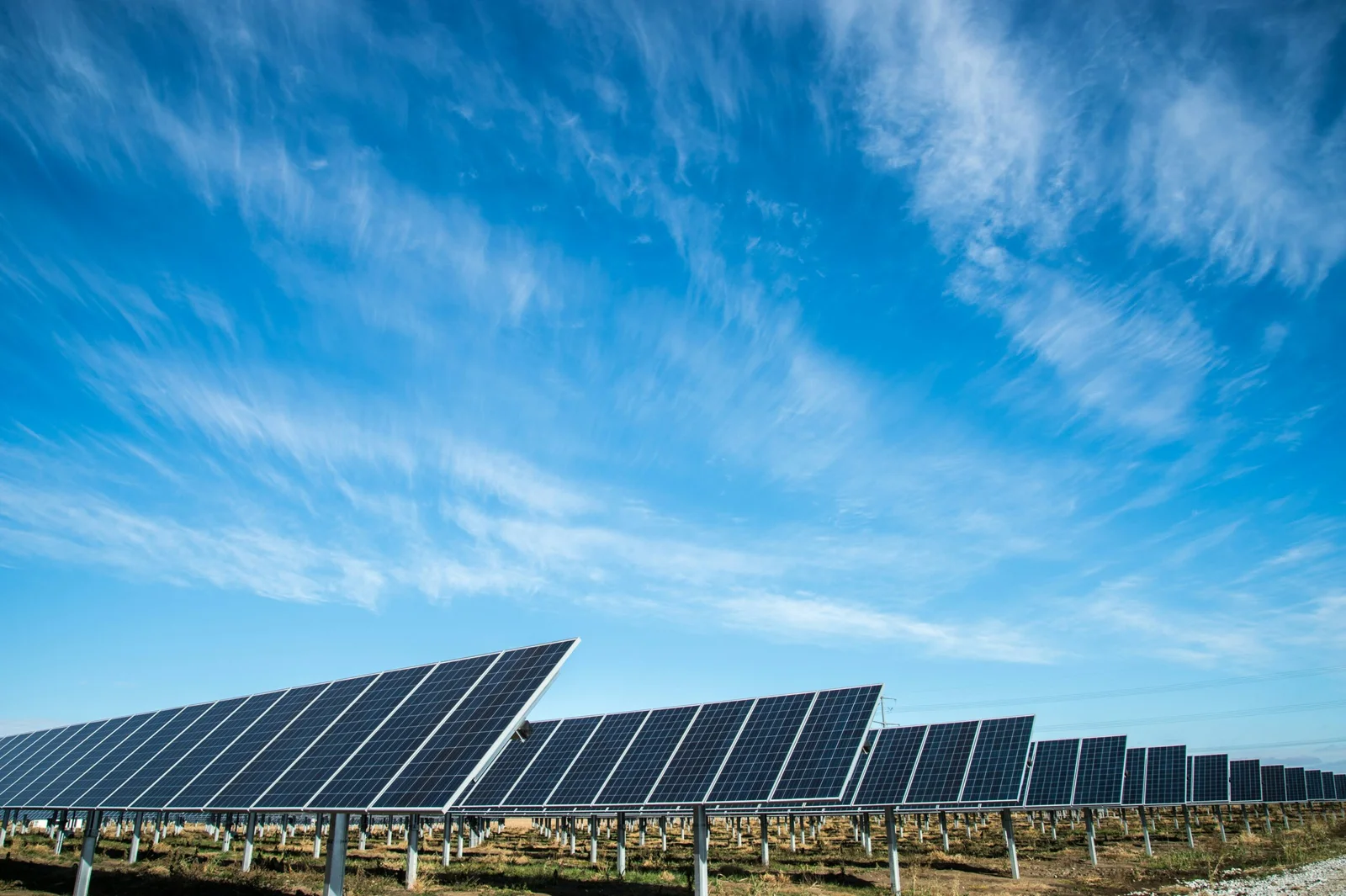Unveiling the Advantages of Solar-Powered Teslas
There are compelling reasons to embrace solar energy for powering your Tesla:
-
Cost Savings: Generating your own electricity with solar panels significantly reduces reliance on the grid, potentially slashing your monthly electricity bills. Government incentives like tax credits and rebates can further sweeten the deal, making the switch to solar more affordable.
-
Environmental Benefits: Solar energy is a clean and renewable resource, producing no harmful emissions during operation. By powering your Tesla with sunshine, you contribute to a greener future by minimizing your carbon footprint.
-
Energy Independence: Solar panels empower you to be less reliant on the traditional grid, giving you greater control over your energy consumption. This self-sufficiency is particularly attractive in a time of fluctuating energy prices and concerns over fossil fuel depletion.
Understanding Your Tesla’s Energy Appetite
The number of solar panels needed depends on your Tesla model’s energy consumption. While Teslas are renowned for efficiency, energy usage can vary across models and driving conditions.
Here’s a ballpark figure:
- Tesla Model 3: 0.24 kWh per mile
- Tesla Model S: 0.28 kWh per mile
- Tesla Model X SUV: 0.34 kWh per mile
Remember, these are estimates. Several factors can influence your Tesla’s energy needs:
-
Driving Habits: Aggressive maneuvers and high speeds consume more energy compared to a more relaxed driving style. Frequent stop-and-go traffic also increases energy demands.
-
Weather Conditions: Cold weather reduces battery performance and increases energy usage due to the heating system. Hot weather necessitates air conditioning, further impacting energy consumption.
-
Terrain: Hilly or mountainous routes require more energy to maintain speed compared to flat roads.
-
Vehicle Load: A car laden with passengers or cargo will consume more energy than an empty one due to the additional weight.
By understanding these variables, you can get a clearer picture of your Tesla’s energy requirements, enabling you to calculate the optimal number of solar panels for sustainable powering.
Calculating Your Solar Panel Needs
Determining the number of solar panels involves a few key considerations:
-
Daily Driving Distance: Multiply your average daily mileage by your Tesla’s energy consumption per mile to determine your daily energy requirement in kWh.
-
Solar Panel Efficiency: Factor in the efficiency of your chosen solar panels. For example, a standard 300-watt panel generates roughly 1.2 kWh per day under ideal conditions.
-
Sunlight Hours: Geographic location significantly impacts solar energy generation. Areas with more sunlight hours will generate more energy compared to those with fewer.
-
Panel Orientation and Angle: For optimal sunlight capture, panels should face south and be tilted at an angle that matches your latitude. Improper positioning reduces efficiency, necessitating more panels.
Example:
Let’s say you drive a Tesla Model 3 30 miles daily. With a 0.25 kWh/mile consumption, your daily energy requirement is 7.5 kWh (30 miles x 0.25 kWh/mile). Using 300-watt panels with 1.2 kWh daily generation, you’d need around 6-7 panels (7.5 kWh / 1.2 kWh per panel per day).
Remember: This is a simplified example. If your location has fewer sunlight hours, you might need more panels (e.g., 10 panels for 3 hours of sunlight).
Key Takeaway: Carefully calculate these variables to determine the exact number of solar panels needed to efficiently power your Tesla.
Installation and Practical Considerations
When it comes to solar panel installations for powering your Tesla, there are two main options:
-
Rooftop Solar Panels: A popular choice due to space efficiency and seamless integration with existing structures. However, roof suitability and potential shading issues need to be evaluated.
-
Solar Carports: These offer dual benefits: shade for your car and a platform for solar panels. While advantageous in sunny regions, they require more space and can be costlier to install.
Space Requirements: The available space directly influences the number of panels you can install and the amount of energy generated. Conduct a thorough site assessment to determine the most suitable configuration for your property.


